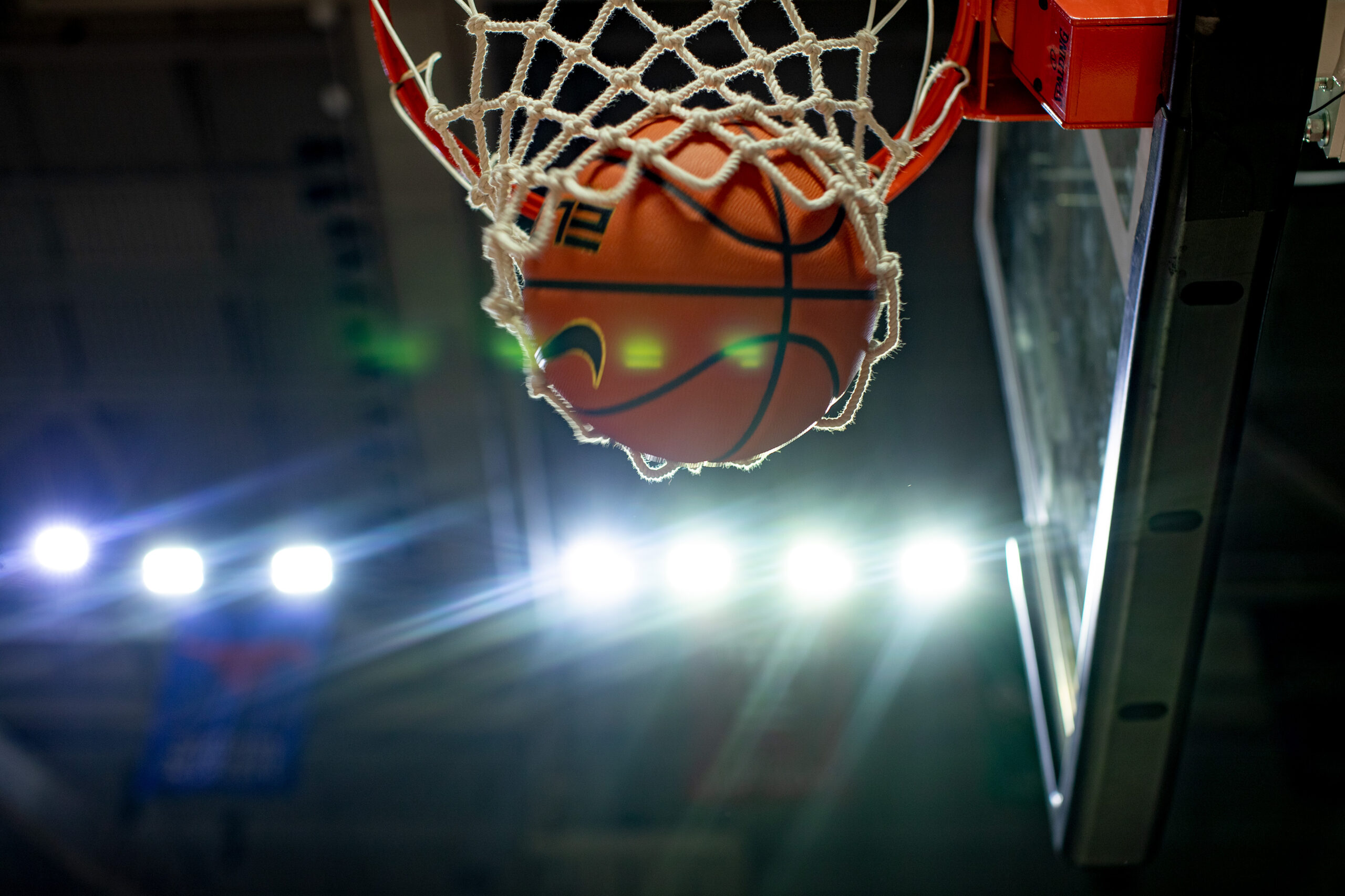The NCAA’s $2.8 billion settlement in House v. NCAA marks a seismic shift in college athletics. For decades, the NCAA denied college athletes the right to earn any money from their participation in sports, arguing that doing so would undermine the “amateurism” model of college athletics even as it raked in massive revenue—$1 billion annually from “March Madness” alone. Accepting a slice of pizza or a ride to the airport from a coach could be deemed an impermissible “extra benefit” that landed the athlete in hot water with NCAA enforcement staff. Even when their images were used to sell video games, the NCAA made money, their school made money, and the producer of the video game made money—but the athlete could not be paid a dime. The House settlement, reached because of massive damages that the association faced from lawsuits under the antitrust laws that threatened its very existence, changed the landscape completely. Schools can now share up to $20.5 million of their annual athletic revenue from media rights deals, ticket sales, and sponsorships directly with athletes, a number that escalates over the ten-year term of the settlement. Caps on athletic scholarships are gone, replaced by new roster limits that can deprive even current athletes of places on their team. The settlement provides a damage stream of $2.7 billion in back payments to former athletes from 2016 to 2024 who were denied the right to earn money for their name, image, and likeness (NIL) due to the NCAA’s prohibitions. Intended to put antitrust liability behind and usher in a new era of athlete compensation and transparency, the settlement has instead ignited new controversies over its fairness and questions about the legality of some of its more significant terms.
First, concerns over gender equity loom over the settlement. Retroactive damages allocate 90% of the $2.7 billion to football and men’s basketball and just 5% to women’s basketball, leaving the remaining 5% for all other sports. A dozen female athletes have appealed the settlement to the Ninth Circuit, accusing the plan of violating Title IX by shortchanging women’s sports by roughly $1.1 billion. Other athletes, including former Olympic medalists, have challenged the calculation of their back pay awards, arguing that they are undervalued. Judge Claudia Wilken, who approved the landmark settlement on June 6, 2025, deemed House to be an antitrust—not a Title IX—case and left open future challenges to those disbursements in other courts once they occur. Apart from pending appeals, those separate lawsuits seem inevitable.
Second, the roster limits are a minefield. Eliminating the scholarship caps and replacing them with roster limits—with a “grandfathering” clause for current athletes—will curtail opportunities for walk-on and partial-scholarship athletes and jeopardize non-revenue sports. Even the “grandfathering” provision for current athletes lacks teeth, as it is purely discretionary with the schools whether they will allow the downsized athletes to remain on their rosters.
Third, the settlement’s restrictions on NIL deals and their heavy regulatory oversight threaten to undermine the very autonomy and contract rights that the settlement was supposed to provide to the athletes. The settlement creates a new for-profit entity—the College Sports Commission—to enforce its terms. For NIL deals, the settlement creates a new NIL “clearinghouse” operated by Deloitte, a global accounting and consulting firm, to vet athletes’ sponsorship and endorsement deals through a platform called “NIL Go.” Athletes must submit third-party NIL sponsorship agreements over $600 through the clearinghouse to validate their business purpose and fair market value, with special scrutiny given to deals that involve entities or individuals with close ties to the university. There are serious concerns about confidentiality and athletes’ rights to contract privately with third-party sponsors. And the stakes are high. The College Sports Commission has broad power to impose penalties for violations of the settlement, including a loss of eligibility for the athlete. This NIL approval process already has generated legislative blowback. Oregon recently passed a bill preventing forced disclosure of NIL contract terms between athletes and sponsors. Existing laws in California, Nebraska, and several other states conflict squarely with the terms of the House settlement on NIL. Prospects for a uniform, national NIL law consistent with the settlement seem dim in the current political climate. A dozen bills have been introduced in Congress, but none have made it out of committee.
Fourth, the settlement resembles a de facto collective bargaining agreement—setting revenue caps and contract rules—without direct athlete participation. Critics argue that the settlement operates ‘like a union’ without actual player representation. Which raises another issue that could pose an even greater existential threat to the NCAA, its conferences, and its member schools: the classification of paid athletes as employees. Last year, the Third Circuit in Johnson v. NCAA allowed a case to go forward which made that very allegation. Advocates argue that the control exercised over the athletes by the settlement and new contracts for revenue-sharing and NIL deals constitute disguised employment agreements. Employee status would entitle athletes to federal minimum wage, overtime, unemployment compensation, and other benefits, and could itself have Title IX implications. More relevant to the House settlement, it could undermine some of its key terms.
Other thorny issues remain in House: Will institutions apply Title IX when allocating future revenue-sharing?
While the House settlement finally puts to rest the NCAA’s discredited amateurism model, it substitutes a regulatory framework whose future hinges on gender equity litigation, athlete agency, and evolving labor law decisions. It may collapse under its own internal conflicts. Only time will tell if this settlement has staying power and is a true win for college sports.


